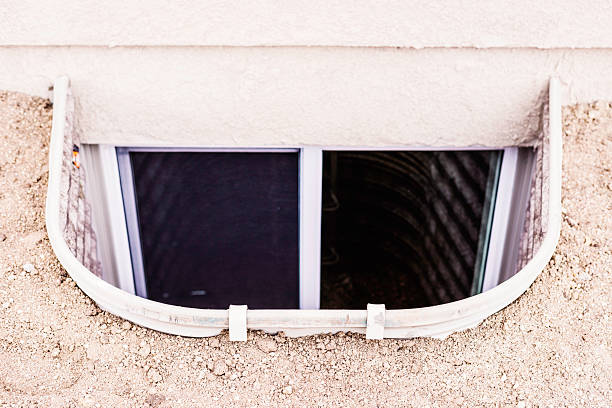
What is an Egress window? Windows are a great home feature that allows natural light and ventilation, helping the space feel brighter and more open. Another casual purpose of the window is for the aesthetic or beautification of the home.
Talking about how far it’s come, most structures are barely complete without this space. This goes to show how essential the feature is to a building.
To some homeowners, their window serves them more enormously than others, which is why today’s cost of building a window is high. With embellishments and aesthetic ideas, such as wall-sized windows, sliding glass door windows, and other styles, the cost of installing several windows is no surprise.
An excellent example of a window that has its cost and specialty is the Egress window. Like other ventilation spaces, its uniqueness is mainly in its purpose.
In this article, we have highlighted and discussed the Egress window in-depth to guide you in understanding the egress window and help you decide on what next step to take.
What is an Egress window?
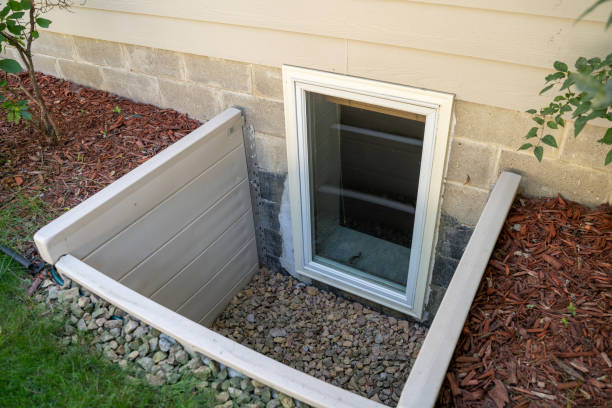
An egress window is placed and specifically made to act as an emergency exit in the event of a fire or other dangerous circumstances. To guarantee that a building’s occupants can exit safely, egress windows are often more enormous and have strict regulations for their position, size, and accessibility.
These windows are crucial for offering an exit, especially in basements or other below-ground spaces where there may not be many other options.
Building rules and regulations, such as the International Residential Code (IRC) or regional building codes, must be followed while installing egress windows. The window may come in various types, such as casement windows, double-hung windows, or awning windows, but it must adhere to strict measurements to allow for simple passage.
Known as basement windows, egress windows frequently have egress window wells constructed around them to prevent soil from obstructing the window and to offer a safe evacuation route.
When installing an egress window, it’s important to consider prices for the egress window, labor, materials, and any other requirements set down by building codes.
The procedure can involve cutting through the foundation wall and making a suitable window well to ensure a net clear opening that satisfies the required size standards. Working with a qualified contractor who can perform the installation appropriately and is aware of the rules is crucial.
You can increase the security of your living area, add natural light, and satisfy the essential code standards for a livable and secure environment by installing an egress window.
Egress window size requirements
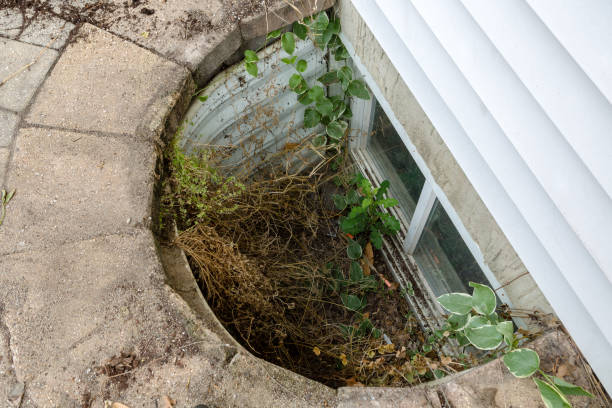
The size requirements for egress windows are set by municipal ordinances or building codes, particularly the International Residential Code (IRC). These specifications guarantee that egress windows offer a big enough aperture for a quick and safe emergency escape. The window opening’s size is a crucial consideration to satisfy these requirements.
The IRC requires a net clear opening (the actual free space when the window is fully open) of at least 5.7 square feet as the minimum size for an egress window opening. An average adult can readily escape through the window with this minimum size.
Additionally, the window opening should have a minimum size of 20 inches in width and 24 inches in height. These measurements guarantee that the opening is big enough and allows someone to climb through.
The size requirements for egress windows may differ depending on local building rules, the installation’s particular context, such as the window’s location (for example, basement escape windows), and the use of the area (e.g., habitable space or a finished basement).
Egress window size criteria must be followed for code compliance and to guarantee a secure departure in an emergency. To ensure the project complies with all code requirements while providing a safe and valuable window for emergency egress, it is advised to consult a structural engineer before installing an egress window, obtain the required building permits, and consider factors like labor and material costs.
The cost of Egress window
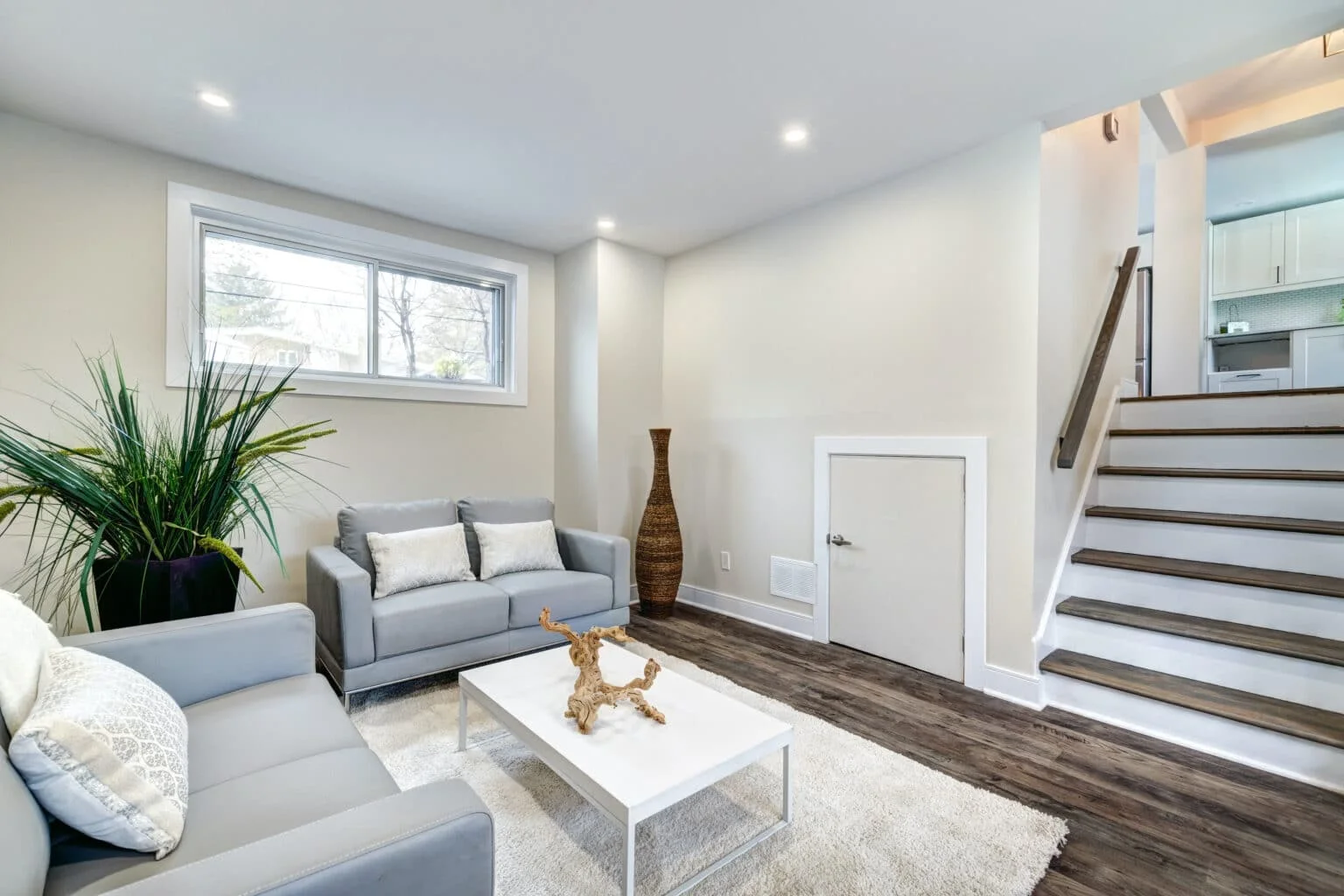
The size of the egress window, labor and material expenses, and particular specifications mandated by building standards and regulations can all affect how much it costs to install an escape window. The cost of an egress window typically includes the window’s purchase price, any foundation wall alterations required, window wells, and the installation fee.
The cost will vary depending on the size and style of the egress window chosen, such as casement, double-hung, or awning windows.
Additionally, additional labor and material costs may be necessary due to the installation’s intricacy, particularly in the case of basement egress windows.
Ensuring that egress window requirements are met, and building rules are followed is crucial. Still, it can also impact costs since improvements or alterations could be required to get the required net clear opening and guarantee a safe exit.
It is recommended to speak with a qualified contractor or get quotes from several suppliers to determine the price of installing an egress window. They can evaluate the project’s unique requirements, including any particular difficulties relating to the foundation wall, existing windows, or space arrangement.
Even though there may be some upfront costs, installing an egress window gives you more living space, natural light, and a safe exit in an emergency. Furthermore, comparing costs and looking into other solutions can assist save money without sacrificing quality or adhering to code standards.
Egress windows cost by type
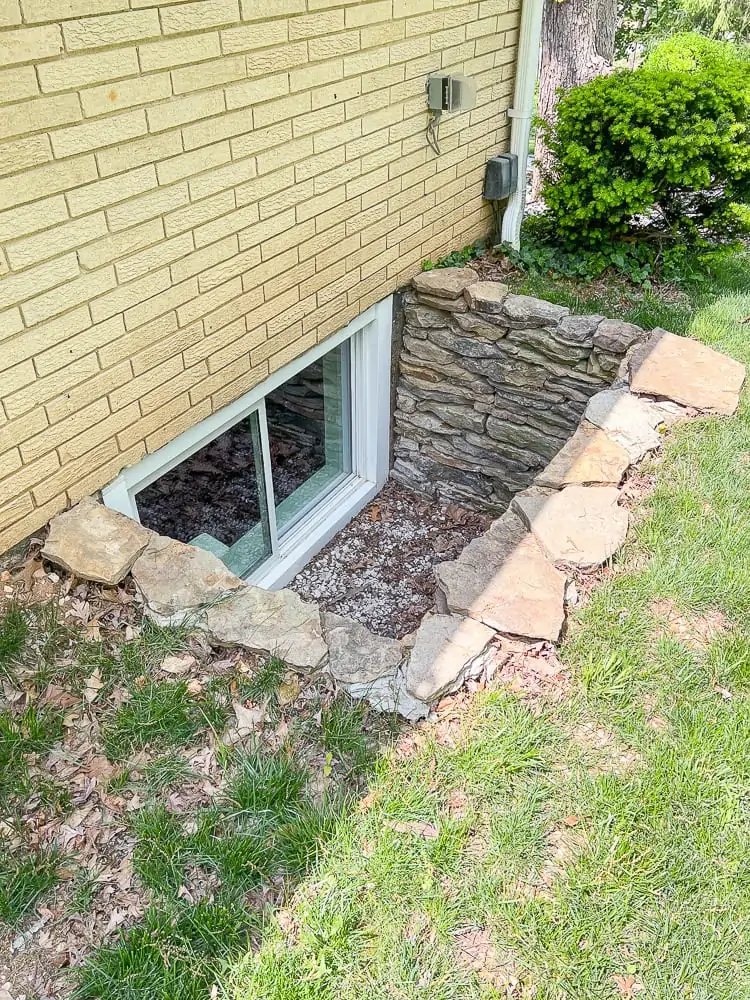
The kind of egress window and its particular features can affect how much they cost. Here is a summary of the anticipated price range for several egress window types:
Casement windows
Casement windows have a crank that allows them to extend outward and is hinged on one side than a standard window. They are renowned for excellent ventilation control and energy efficiency. Casement egress windows can cost between $500 and $1,500, depending on their size, material, and energy efficiency.
Double-Hung windows
Two vertically movable sashes on double-hung windows can be opened from the top and bottom. They are a well-liked option because of their timeless style and adaptability. Double-hung egress windows typically cost $400 to $1,200 per window, depending on the size and material.
Sliding windows
Sashes on sliding windows, also called gliding windows, slide horizontally, allowing for an unimpeded view and simple operation. Sliding egress windows can cost between $300 and $1,000, depending on their size, construction, and extra features.
Awning windows
Awning windows are awning-like because they are hinged at the top and open outward from the bottom. They are perfect for providing ventilation and weather protection. Depending on the size and material, awning egress windows typically cost between $500 and $1,500 per window.
It’s vital to remember that these price ranges are approximations and may change depending on the brand, quality, and location.
Additionally, the cost of installing egress windows, including labor and material costs, should be considered separately and will vary based on the project’s complexity, such as if window wells need to be installed or the foundation wall needs to be modified to meet building code requirements.
A professional contractor or window expert can provide more precise pricing estimates depending on your demands and specifications.
Custom window well with stacked stone

A functional and aesthetically beautiful addition to a basement egress window is a handmade window well made of stacked stone. Egress windows are intended to let natural light and fresh air into the basement space and offer a safe exit in an emergency.
To install an egress window, you must first cut a hole in the foundation wall and then install a window that adheres to the International Residential Code’s specifications for egress window size (IRC).
A unique window well made of stacked stone can be built around the egress window to improve its appearance and the basement’s overall beauty. This window acts as a barrier, allowing natural light to enter while keeping soil and debris from obscuring the window. It can be created using stacked stone or other decorative components to match the basement theme.
It’s critical to ensure that any installation of a custom window well made of piled stone complies with all applicable building regulations. These codes specify the dimensions and depth of the window well, the net clear opening of the egress window, and the separation between it and the window itself.
To ensure a secure and lawful installation, you must consult with a structural engineer, get the required building permits, and adhere to the regulations set forth by the building code.
It can add value to the finished basement space and improve its aesthetic appeal, even if the cost of creating a custom window well with stacked stone might vary depending on size, design complexity, and material costs.
Speaking with experts with experience in egress window installation and construction is essential to calculate the labor and material expenses required precisely.
Homeowners can improve their quality of life by investing in an egress window with a bespoke window well to boost natural light, make their living space safer, and take advantage of the finished basement’s aesthetic advantages.
What are the benefits of installing egress windows?
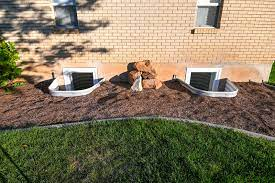
Safety and emergency exit
In crises like fires or other dangerous situations, egress windows are vital to escape. They offer inhabitants a secure evacuation path and were created to adhere to the strict egress window specifications specified by building regulations like the International Residential Code (IRC). These specifications guarantee the window’s proportions, the opening’s accessibility, and the standards for a quick and simple escape are met.
Natural light and ventilation
Egress windows let in natural light, which enhances the basement’s appeal as a living area. Additionally, they offer ventilation by enabling clean air to circulate, lowering the possibility of moisture accumulation and raising indoor air quality.
Expanded living space
Adding egress windows can convert a basement into usable living rooms. Classifying basements as habitable spaces increases the property’s value and is made possible by adherence to building rules and specifications for egress windows. Various uses for this extra living space include bedrooms, home offices, entertainment spaces, or guest rooms.
Improved property value
Egress windows raise a building’s worth. By supplying security, natural light, and the opportunity for extra living spaces, they improve the basement’s usability and appeal to potential buyers. Generally, homes with finished basements that abide by building codes are more attractive and might fetch higher asking prices.
Compliance with building codes
Egress window installation assures adherence to laws and regulations like the IRC. To avoid penalties, fines, or issues during property inspections or upcoming real estate transactions, homeowners must comply with these regulations.
Enhanced aesthetics
Egress windows can enhance a basement’s overall appearance. They increase the natural light in the area, giving it a cheerier and cozier vibe. Additionally, homeowners can select a style that matches their current windows or satisfies their design preferences with several window kinds, such as casement, double-hung, or sliding windows.
Bottom line
Egress windows, in short, give basements vital safety features, natural light, ventilation, more living space, increased property value, adherence to building requirements, and improved aesthetics. Egress windows let homeowners maximize the use of their basement area while fostering a safer and more pleasurable atmosphere.
An egress window in your basement becomes like a complete home with all that goes into making a home comfortable. Contact us for yours.
Frequently Asked Questions
How can you save money on egress windows?
You can use a few methods to reduce the cost of egress windows. First, acquire quotations from several contractors to evaluate costs and ensure you get a fair price. You could also consider buying the components to cut costs rather than relying only on the contractor. Choosing standard-sized windows over custom-sized ones can also help you save money because custom windows are frequently more expensive. Let’s say you have some experience and knowledge with DIY. If so, you may perform installation-related tasks alone, such as interior finishing or excavation, to save labor money.
Are egress windows worth it?
Egress windows are worthwhile if you have a basement or lower-level living space. They offer crucial safety characteristics by acting as exits in fires or other emergencies. They increase the value of your property by ensuring adherence to building laws and regulations. Egress windows also let in natural light, which enhances the basement’s appeal as a living area. Extending your usable living space, raising the value of your house, and improving your home’s general safety and livability can be a worthwhile investment.
Can I install an egress window myself?
Although installing an egress window is technically possible, it is a complex and labor-intensive operation that necessitates understanding construction, excavation, and adherence to building codes. Cutting into the foundation wall, creating a window well, placing the window, and ensuring correct drainage are all part of the process. Before installing, it is essential to check the local building codes and secure the required permits. Working with a structural engineer or qualified contractor is also advised to guarantee the job is done appropriately and by all safety regulations. Self-installation of an egress window can save labor costs, but safety and code compliance must come first.
How much does it cost to install an egress window in a basement?
The kind, size, location, labor expenses, and installation complexity of an egress window can all affect how much it costs to install one in a basement. The typical price might be anything from $3,000 and $10,000 or more. This price typically covers all necessary interior finishing, excavation, window installation, window well building, supplies, labor, and labor. The price may increase if the windows are made to order or the structure is more complicated. To better grasp the actual expenses of your project, it’s crucial to get many quotations from reliable contractors.
standard window
